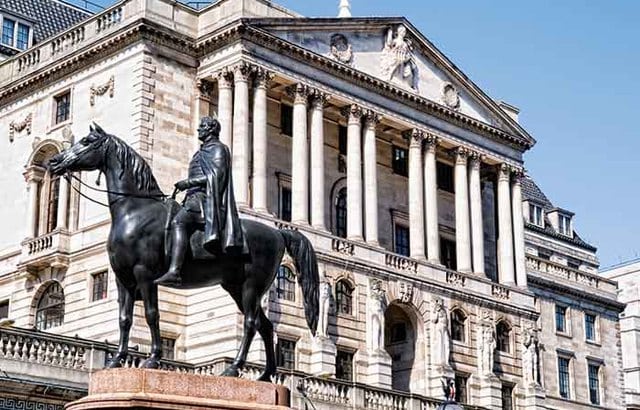Inflation in the UK ticked down to 10.1% in March from 10.4%, but it is proving more stubborn than forecast.
The ‘sticky’ nature of the figures is in large part due to persistently high food prices, which have counterbalanced price falls elsewhere in the economy, such as energy costs.
Core inflation, which excludes food and energy, came in at the same level as a month earlier; 6.2%.
The figures call into question what the Bank of England will do at the meeting next month. Following difficulties in the banking sector and a slowdown in the economy, expectations had been building that Andrew Bailey and colleagues had finished with raising and would hold rates flat at 4.25%. Today’s figures throw that into serious doubt.
Further raises are not without risk though. If the Bank goes too far it could push the country into a deep recession.
Rob Morgan, chief investment analyst at Charles Stanley, commented: “Energy inflation is expected to continue to decline in coming months as last year’s spike in pump prices and energy bills drop out of calculations and reflect dropping wholesale prices. But that’s where the good news ends for the Bank of England.
“The labour market remains tight and food and services inflation is proving troublesome. There is a growing suspicion the UK’s inflation is of the stickier variety, and there is much more work for the Bank to do. It means the job of reining in price rises without inflicting collateral damage on the economy looks increasingly tricky to pull off.”
“Overall, a further interest rate rise in May to cool price rises further is looking all but nailed on. Yet the Bank will find it an uncomfortable decision with the economic picture weakening and lingering concerns over financial stability following high-profile bank failures.”
Gurpreet Gill, macro strategist at Goldman Sachs Asset Management added: “While the inflation data for March shows core services evolved in line with the Bank of England’s expectations, the upside surprise in core goods and foods was significant – with food prices rising close to 20% year-over-year.
“In recent months, UK economic indicators have been highly volatile. Efforts to bring about wage normalisation and disinflation have so far been a case of one step forward and two steps back,” Gill continued.
“Continued inflationary strength in March, combined with a reacceleration in wage growth in February, will likely see the Bank retain its risk-management mindset and deliver another rate hike in May.”










